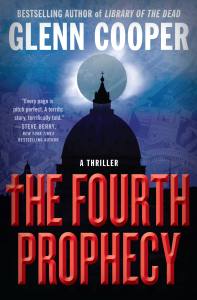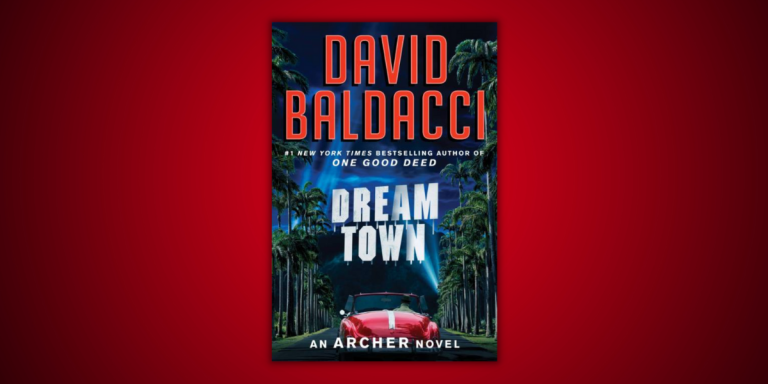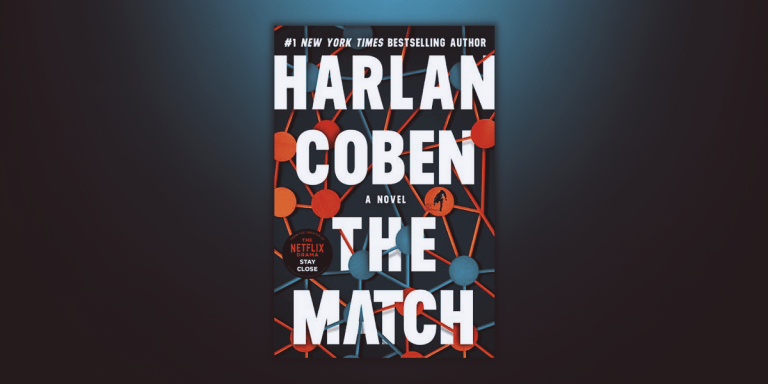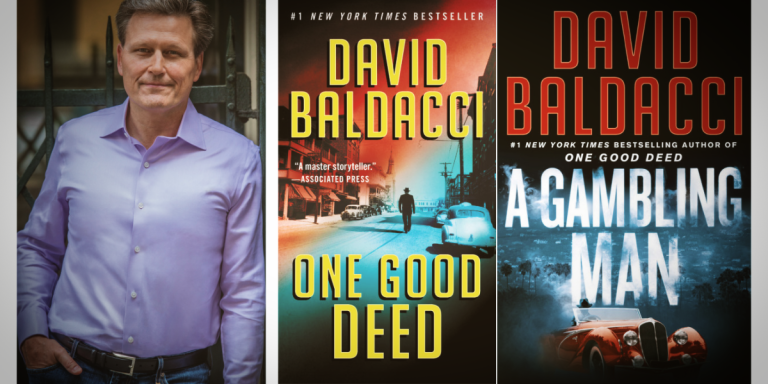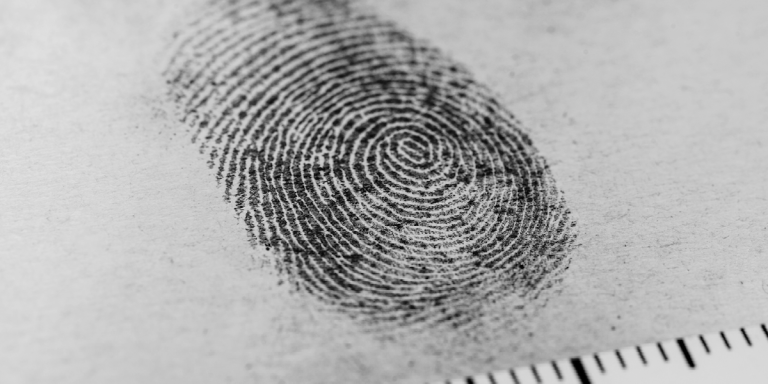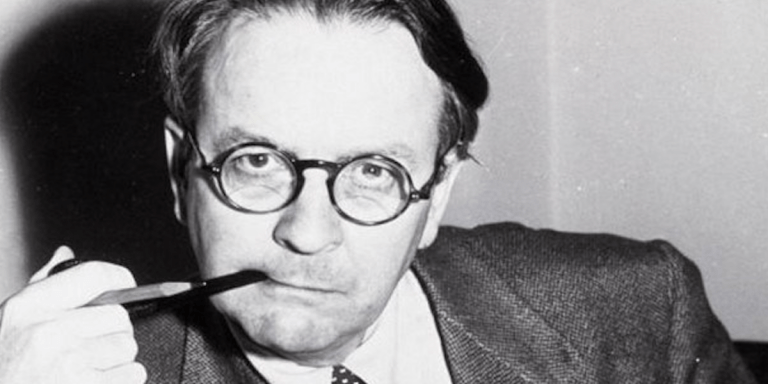Read the Excerpt: The Fourth Prophecy by Glenn Cooper
1
It had rained hard the previous night, a blood rain whipped by wind, but the storm had passed, and the morning sky was luminous and nearly cloudless. A morning such as this seemed a magic trick conjured by a grand illusionist. The sirocco winds from North Africa had carried red Saharan sand clinging to raindrops, and when Romans awoke, they found their city steaming with humidity and dusted with rosy glitter. At Saint Peter’s Square, the sun beat down at just the right angle, transforming the wet cobblestones from hardscape to light, a yellow light that danced with sparkles and flashes. Looking toward the Vatican obelisk from the Piazza Papa Pio XII, pilgrims and tourists appeared to be walking not on gray stones, but on the surface of a shimmering, mystical red sea.
A man made his way across the square at his usual plodding pace. Right foot forward, left knee raised high to clear the left foot from dragging. He was fine on a flat surface, but uneven cobbles threatened to catch his sole and pitch him forward. He loathed canes, for they marked one as disabled. His custom was to survey the ground and adjust his leg lift as required. He was well practiced; his foot drop was old. He had been five, playing near the gardener as the old man with sunbeaten skin pushed a lawn mower. The blade hit a rock and cracked, and a length of jagged steel kicked up from the turf and spun into the boy’s leg just below the knee, breaking the fibula and nicking the peroneal nerve. In time, the bone healed; the nerve did not. When the boy returned from hospital, the gardener, whom he liked, had been fired. The boy protested, but blame had been assigned. His father showed him the rock. The boy recognized it by its color and shape, black and pyramidal. He had found it in a flower bed and had been using it to bash toy soldiers until it became lost in high grass. He wanted to tell his father that it was his fault, not the gardener’s, but he worried that he too, would be sent away.
The consequence of this small carelessness was permanent disability. First, he blamed the rock. When he was older and classmates made fun of his limp, he would stare at the statue of Jesus above the altar of his white-plastered church and blame a cruel God. It was only when he was an adult that he came to conclude that although God was indeed behind his accident, it had been a blessing, not a curse. A young man who could not play sports or dance with the girls had little to distract him from a life of study and spiritual devotion. His foot drop made him cast his gaze downward, but his mind had been freed to roam the heavens.
The exceptional beauty of the morning escaped him. In anticipation of the ordeal he was to inflict on himself, he had woken angry and brooding. He could have waited and avoided the opening-day crowd, or not gone at all, but in a fit of self-mortification, he hurled himself toward the spectacle as punishment for the great sin he was planning.
He arrived early to avoid the lines that would soon pack the square, but even so, there was a wait of thirty minutes to enter the basilica. On either side of the central portico, large placards announced the event, each with a photograph of the statue and two words: The Return. When he was close enough to see a placard clearly, the photograph was confusing, but that was the intent, he supposed. The trickery infuriated him.
He reached the portico, where the brightness and heat of the morning gave way to the cool darkness of the atrium. Ahead, the line of visitors snaked to the right and disappeared from view. He slowly made his way forward on the mosaics. The floors of the basilica were often overlooked by tourists, who found loftier wonders to capture their attention.
He of downward gaze always noticed floors, and he knew the history of this one. Sixteenth-century stonemasons had used the finest Tuscan marbles and inlaid them with rose porphyry looted from ancient imperial temples and the Colosseum. Roman emperors had been drawn to the royal purple of porphyry and sent their minions to the single mine in Egypt on Mount Porphyrites, where the stone was known to exist. When the location of the mine was forgotten in the fourth century, the only way to obtain the ultrahard stone was to loot it. He had to take care, because the porphyry inlays were higher than the rest of the floor—unlike soft marble worn down by centuries of foot traffic, porphyry was indestructible. It would take a modern cutting laser an hour to penetrate a mere centimeter. With each high step he took, the sole of his left shoe slapped down hard on these rarest of stones.
The queue moved slowly. Although it was the nearest chapel to the entrance, it took several more minutes to reach it. For hundreds of years, the chapel had been accessible, but that changed in 1972 when a deranged Hungarian named Laszlo Toth took a hammer to the sculpture while screaming, “I am Jesus Christ. I have risen from the dead.” Since them, ballistic glass had greeted visitors.
When he arrived at the closest viewing point, he put his hands on the railing and peered through the thick glass at the cream-colored statue that filled the chapel. Since its creation in 1499, Michelangelo’s Renaissance marble masterpiece, the Pietà, had inspired the highest emotions of faith through its elegant depiction of the body of Jesus Christ brought down from the cross and draped over the lap of a youthful Virgin Mary, who gazed upon him with maternal sadness. The Pietà was the only work Michelangelo ever signed, a petty reaction to a rumor that it was the work of his rival Solari. Until the catastrophe—that was how the limping man put it—the statue had left Rome only a single time since its creation, when it traveled by ship to New York City for display at the Vatican Pavilion at the 1964 World’s Fair. This was precious cargo indeed, and its crate was waterproof, equipped with a marine beacon, and designed to float if the ship foundered.
For a moment, the statue evoked the same deep response it had done countless times. He caught himself and allowed anger to reclaim the space. A black plaque with white lettering was bolted to the wall. He knew what it said—he had read the text on the official Vatican website but while he waited for the line to move him to the central viewing point, he read it again.
When Pope Celestine VI decided to create a 30-billion-euro fund to alleviate the suffering of the poor, the sick, and the victims of war, he directed the Vatican to sell selected treasures from its museums and churches. One of these treasures was Michelangelo’s Pietà. At auction, the Louvre Museum acquired the magnificent statue with a bid of 1.5 billion euros, by far the highest amount ever paid for a work of art. As a condition of the sale, the Louvre agreed to undertake and fund the creation of a replica of the Pietà to once again grace its traditional chapel at Saint Peter’s Basilica. For years, a team of Italian, French, and German engineers, scientists, and artists worked to produce a perfect full-sized replica.
This magnificent re-creation of the Pietà is the result. The original statue was scanned by lasers in Paris as the first step in producing a “digital twin.” The data was then processed and fed into the largest 3D printer in the world, located in Hamburg. Over a period of months, the printer created the replica, layer by layer, utilizing special resins created for this project. The statue was then transported to Florence, where a group of art restoration experts polished it by machine and by hand, and added the finishing touches of color to perfectly match the tonalities of the original marble. The visitor to the chapel will see a scientific marvel virtually indistinguishable from Michelangelo’s masterpiece. The Pietà has returned.
The line progressed until he reached the prime sight line. People on either side of him babbled and took photos, but he stared violently at the scientific marvel and thought, No, it has not returned. This is a sleight of hand for the foolish and the gullible. It belongs in Disneyland, not the holiest of churches. He had watched Pope Celestine on television at the papal viewing following its installation. He heard him extol the best of both worlds—amelioration of the suffering of the poor and the return of the Pietà in a form that would give even Michelangelo pause. He had hurled curses at his television. This pope was toppling the pillars of the Church. He was replacing centuries of orthodoxy with liberal garbage. He was replacing precious marble with cheap resin. He had traded the priceless cultural patrimony of the faith for pieces of silver. He gripped the wooden railing hard enough to blanch his knuckles. When the woman behind him told him the line was moving, he silently cursed the pope and gave this ersatz Pietà one final look.
He would never visit it again.
Order the Book
A beloved professor of theology and archaeology at Harvard, Cal Donovan has achieved renown—but he drops everything when he is called by his friend Pope Celestine to investigate the potential existence of a mysterious prophecy. And it soon becomes clear that another party is desperate and willing to kill for the same information.
In a race against time that will lead him from Lisbon to Rome and to London and Paris, Donovan will become the only person standing in the way of unspeakable destruction. Now his only hope for survival is to outwit, outrun, and outlast his enemies long enough to get to the truth behind the Fourth Prophecy.
By clicking 'Sign Up,' I acknowledge that I have read and agree to Hachette Book Group’s Privacy Policy and Terms of Use

